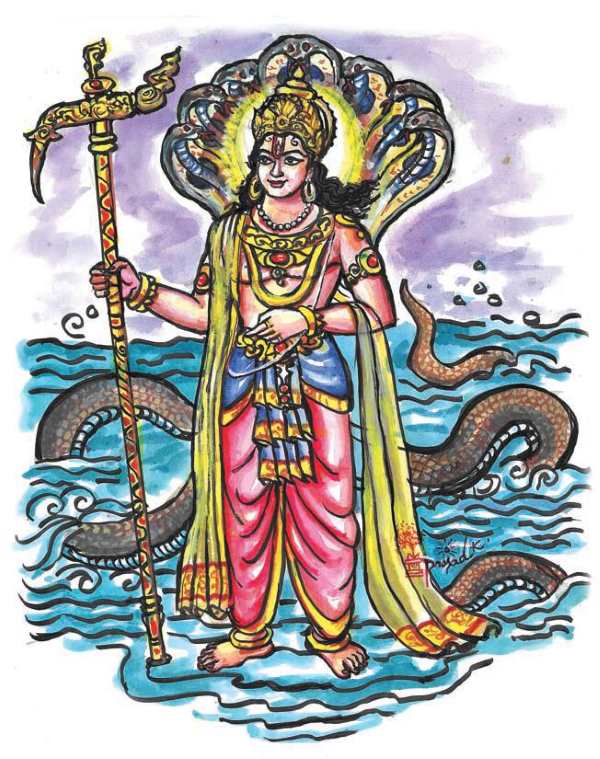Balarama – The Icon of Brotherhood (Eve of Balarama Jayanti) This article talks about Balarama, one of the Dasa Avatharams of Lord Vishnu. On the eve of “Balarama Jayanti,” a humble attempt is made to stress the importance of Lord Balarama’s avatar. Out of all the Dasavatharams of Lord Vishnu, normally he appears as one Read More
Tag: Balarama
Balarama – An avatar of Adhisesha
Balarama is an avatar of Adhisesha the god of prosperity. Balarama’s significance in Indian culture has ancient roots. Balarama – God of Agriculture and Strength Balarama is a Hindu god and the elder brother of Lord Krishna. He is also known as Baladeva, Balabhadra, Haladhara and Halayudha. The first two epithets refer to his strength, Read More

